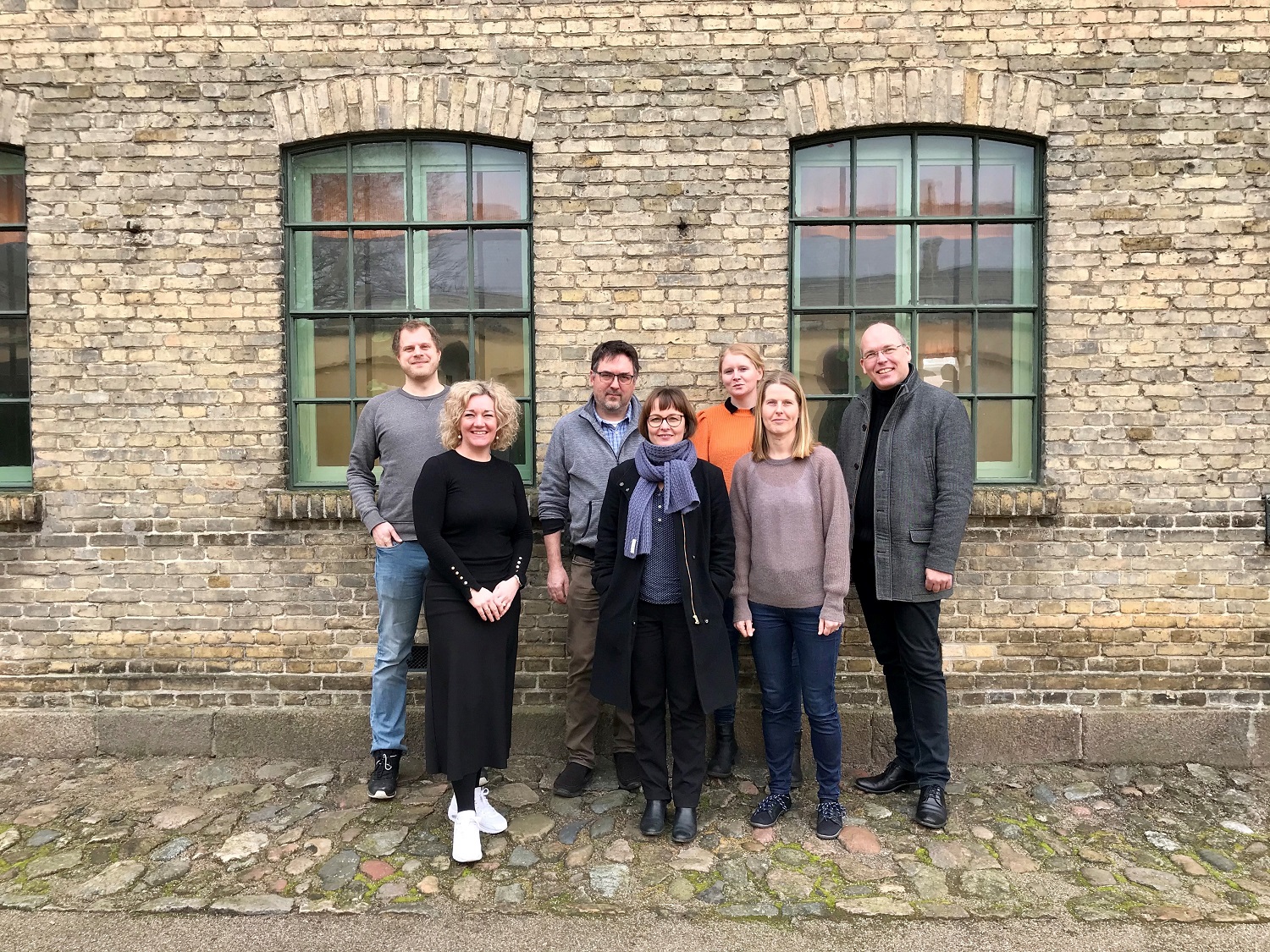
Giving voice to the neglected: meet Klaus Petersen
Chair of Humanities Professor Klaus Petersen has a keen research interests in the development of the welfare state. He holds a PhD from the University of Copenhagen in 2001 and is trained as a historian. Over the years his work has become increasingly interdisciplinary combining insights from history, social sciences, and literary studies.
It is for these interdisciplinary efforts and for his overall contribution to welfare research that Klaus Petersen has been recognized by Academia Europaea. Membership of this organization is given to scholars promoting learning, education, and research from a broad range of scientific fields.
The overall goal of the academy is to advance excellence in scholarship and further interdisciplinary and international research. The institute has more than 4500 members, among which are also External Chair of business and Social Sciences Nicolai J. Foss, Chair of Sciences Susanne Mandrup and Chair of Humanities Lars Boje Mortensen.
Voicing the neglected
One of Petersen’s current research projects builds on his long running cooperation with the Danish Welfare Museum. This museum is located in Svendborg on southern Funen and is housed in the city’s old Poorhouse. As such, it echoes an important period in Danish welfare history and showcases the underbelly of the public sector in the 19th and 20th century.
Klaus Petersen has been working with the museum since the Godhavns report in 2010. This report documented that boys suffered severe neglect while staying at the Godhavn boy’s orphanage in the 1960’s and 1970’s. This included wretched living conditions, physical, psychological and sexual abuse.
Since then, Klaus has worked on a series of other projects with the museum. Here may be mentioned another report from the Ministry of Social Affairs called Anbragt i historien. This had similar thematics of the Godhavn report, spread across the whole of the welfare area. He was also part of a project named Velfærdshistorier fra kanten financed by VELUX FONDEN. This one focused on how people such as the subjects in reports dealt with the trauma in their lifespan.
Good intentions and unfortunate destinies
Petersen is currently co-directing yet another project with the museum for the Ministry of Social Affairs. This seeks to unravel the treatment of institutionalized individuals under the so-called Special Care (in Danish: Særforsorgen) from 1933-1980. Back then, these institutions encompassed a wide range of individuals with physical and mental disabilities. Deaf and blind, and people with dyslexia and cleft lip and palate were considered a part of this group in the early years. The project covers several aspects of the era such as the historical context and debates but holds a special focus on mistreatment and abuse at the local institutions and reactions to such cases at the central level.
In order to fulfil this research objective, the research team has worked their way through over a thousand boxes of documents and medical records from the different institutions and the agencies responsible. These are mostly located at the Danish National Archive. The study also involved interviews with afflicted individuals as well as previous employees.
“It’s often sad reading. It’s a lot of unfortunate destinies.”, says Klaus Petersen. It is not possible for him to comment on the concrete outcome of the study, but specific patterns of the placements have been discovered. Though it was not the goal to treat these people badly, this was, however, sometimes the case:
“As the public sector grew at this time, it is important to remember that there were a lot of good intentions. But it lies in the term ‘Institution of Special Care’ that a specific group of people were picked out from the rest of us with the decision to treat them differently. For good or for bad”.
An engaging space
Petersen, who is a member of the board of directors, has worked with the museum for 15 years. For him this cooperation is a way to ‘get out’ and engage with the public in a different way. This work, he says, is about real people in the sense that you give voice to that which has previously been written out or neglected by history. As the reactions from the boys, now men, of Godhavn showed, these stories are important to tell.
“It is not that I sit in an ivory tower with my other research at the university. But this work gives me energy and stimulates me in my work in a whole different way.”
The project on the Institution of Special Care 1933-1980 is scheduled to conclude in March.
For more information about the Danish Welfare Museum, please visit: https://www.svendborgmuseum.dk/forsorgsmuseet, and for more information about Professor Klaus Petersen visit https://danish-ias.dk/people/klaus-petersen-danish-ias/